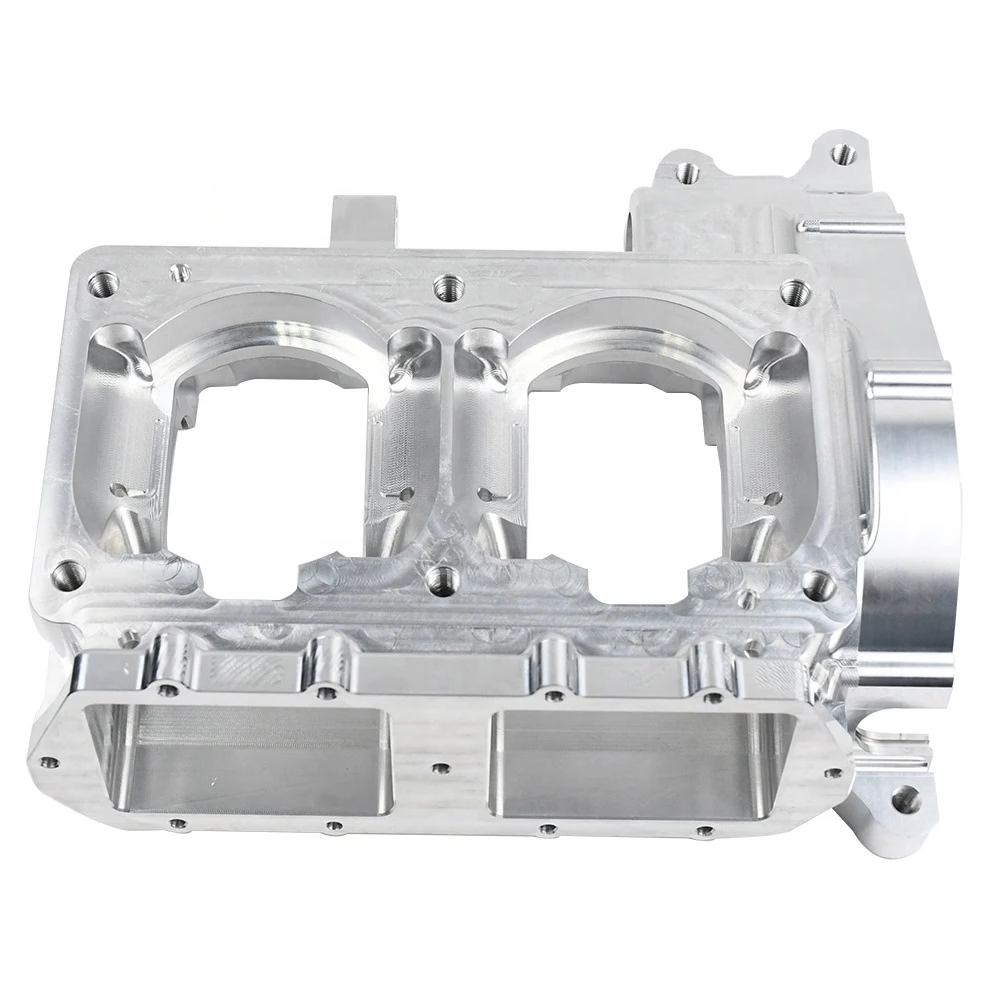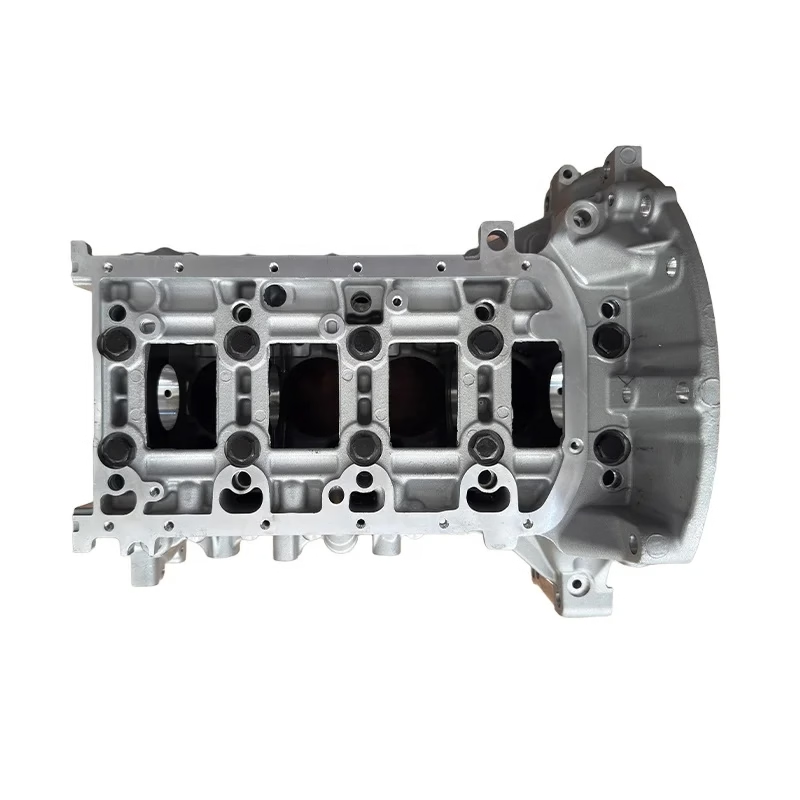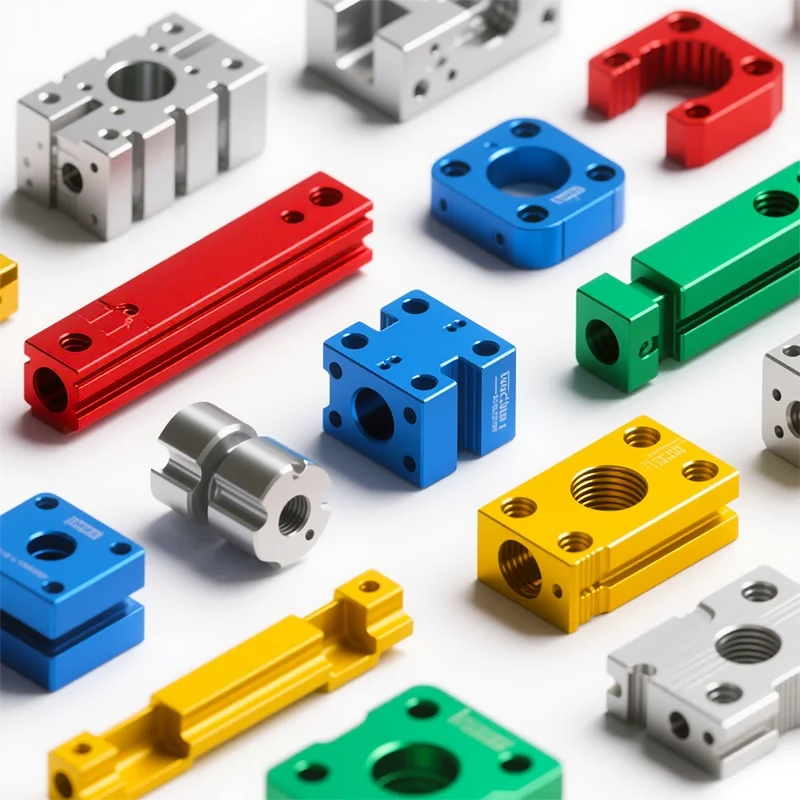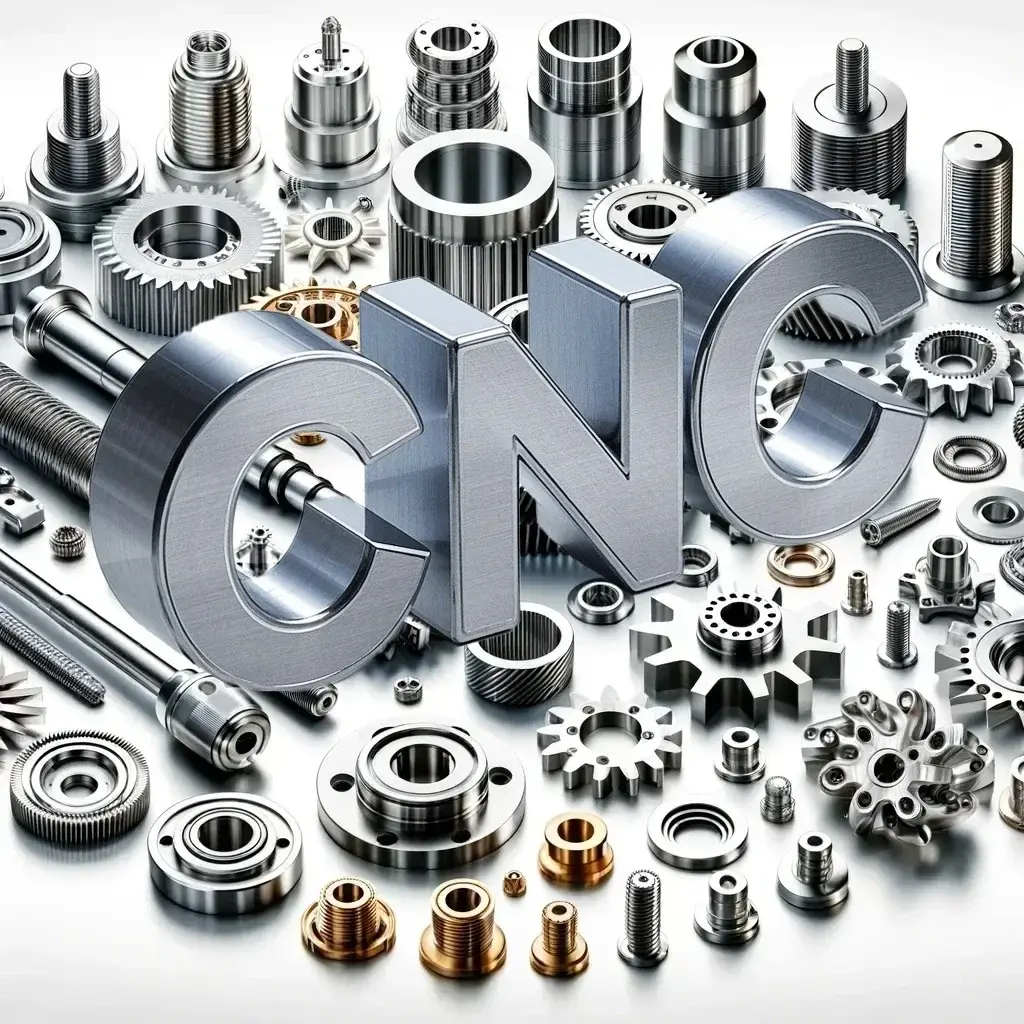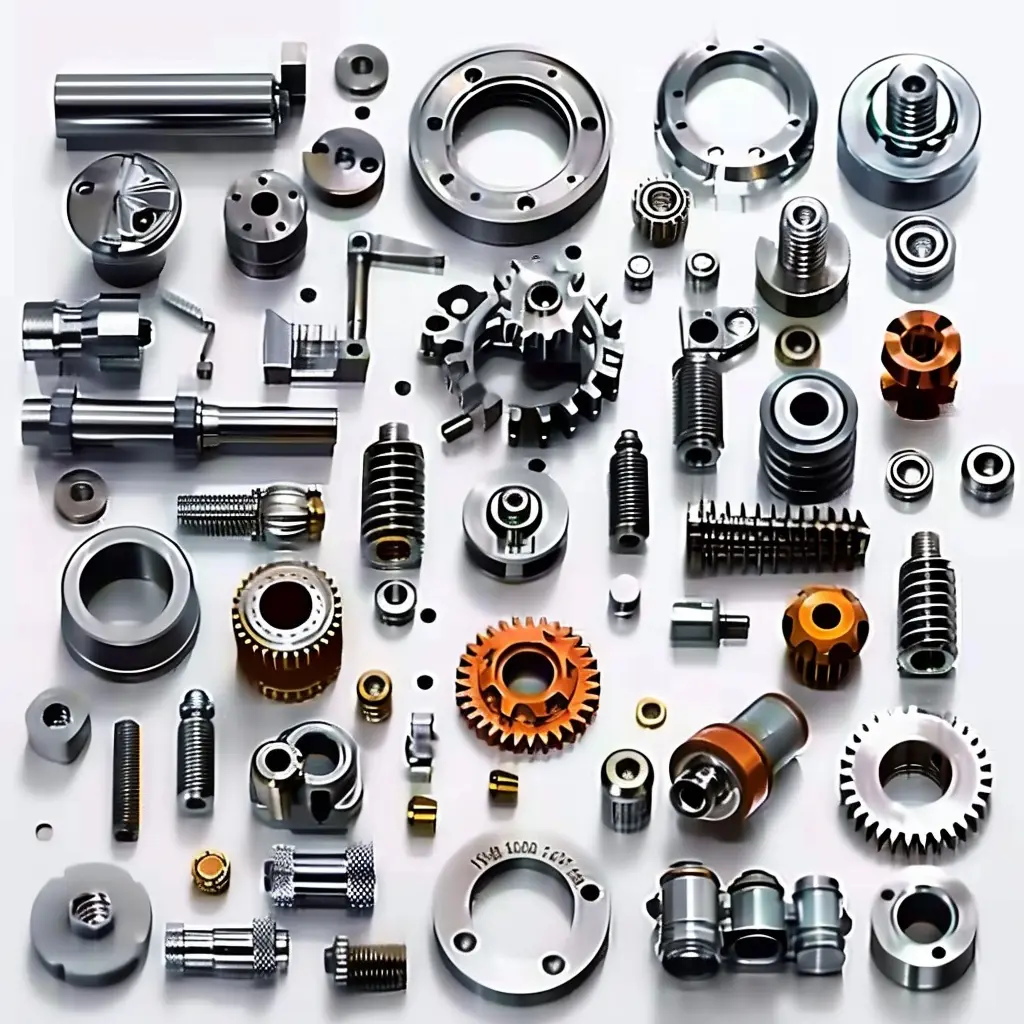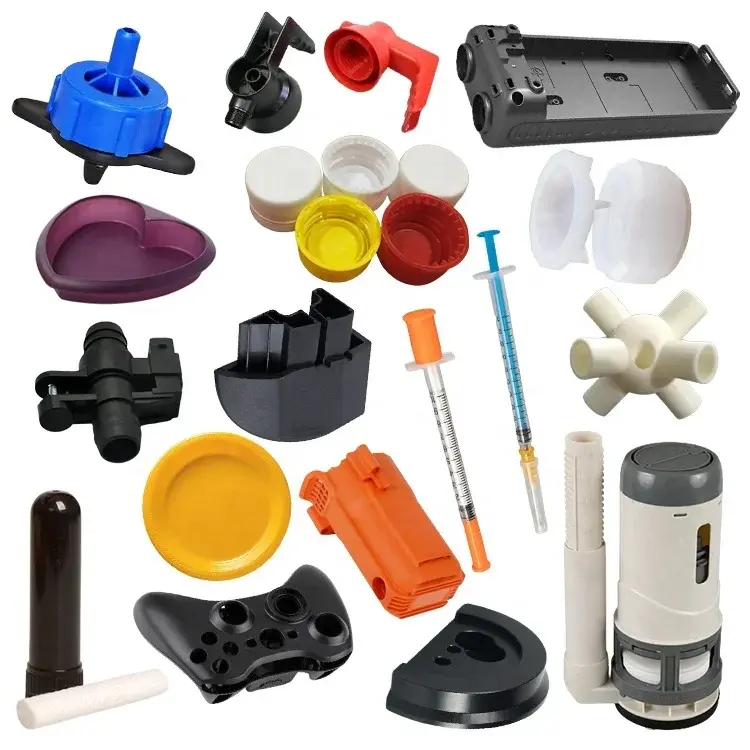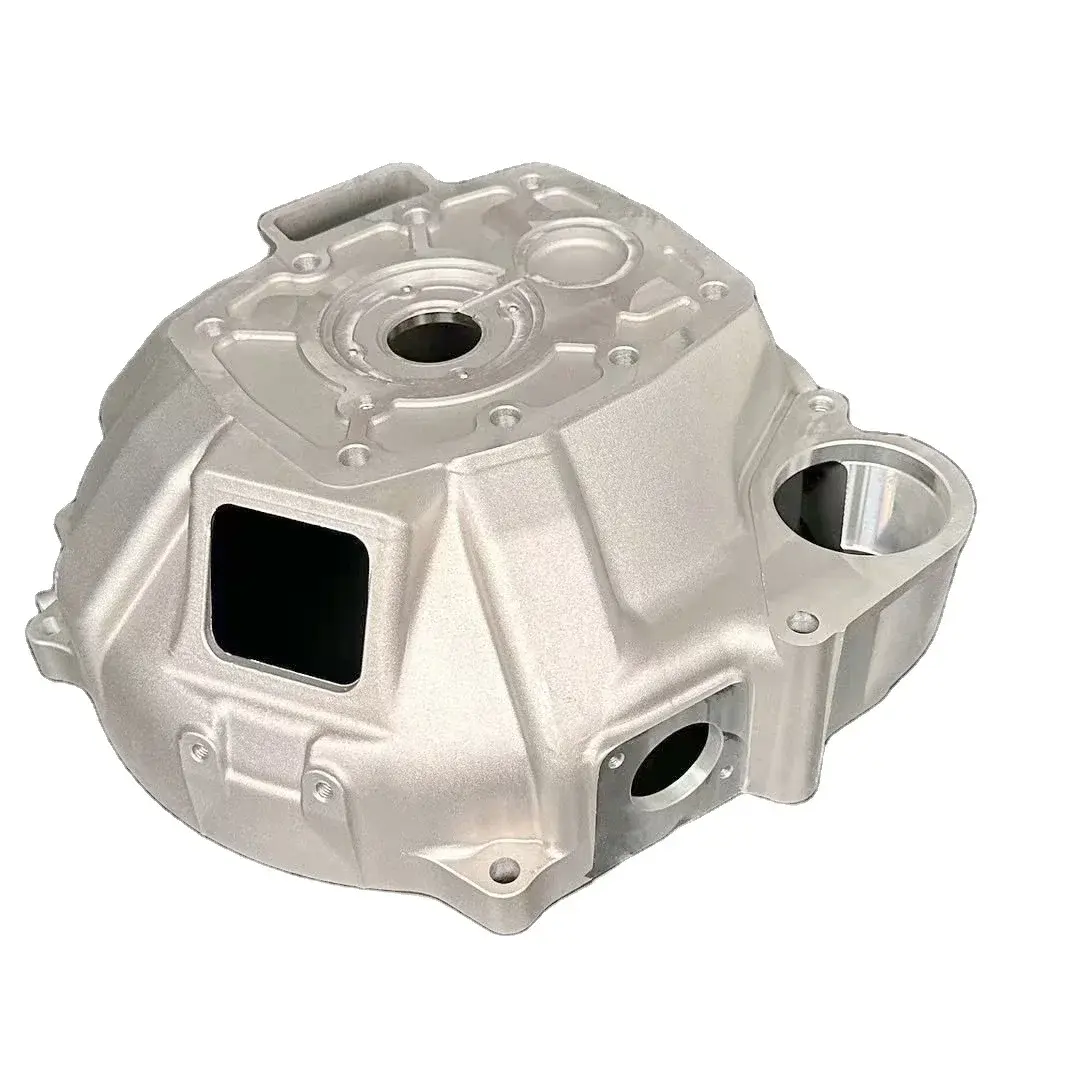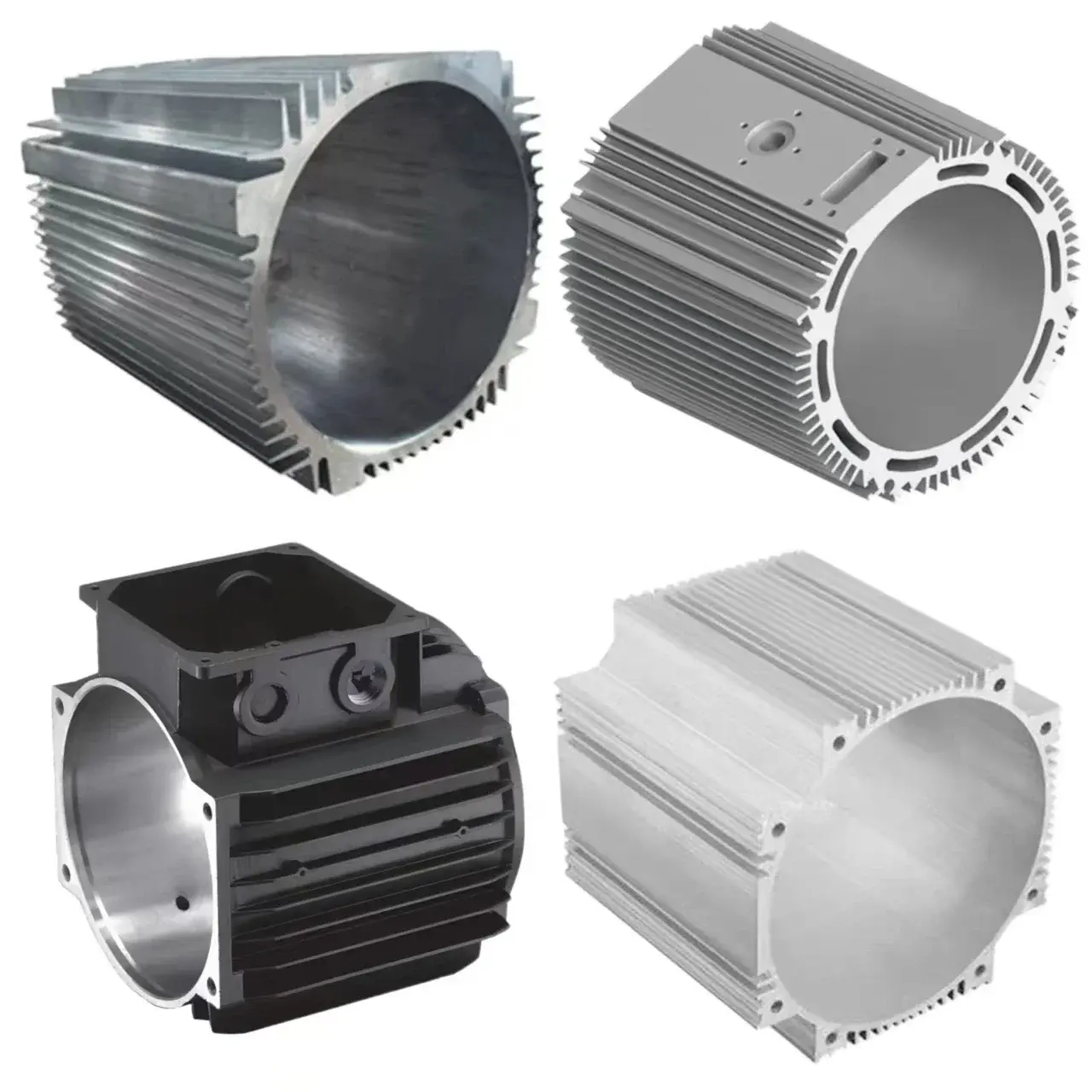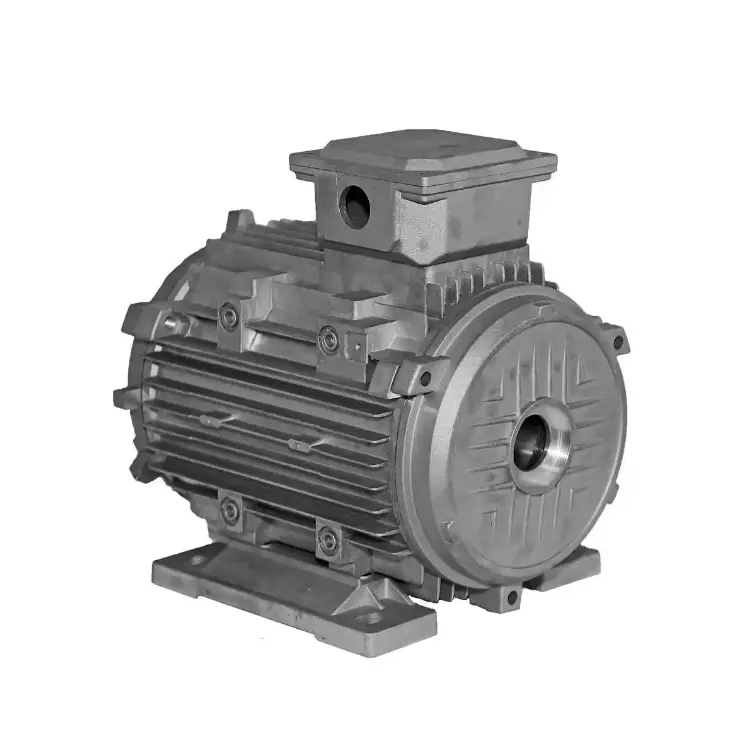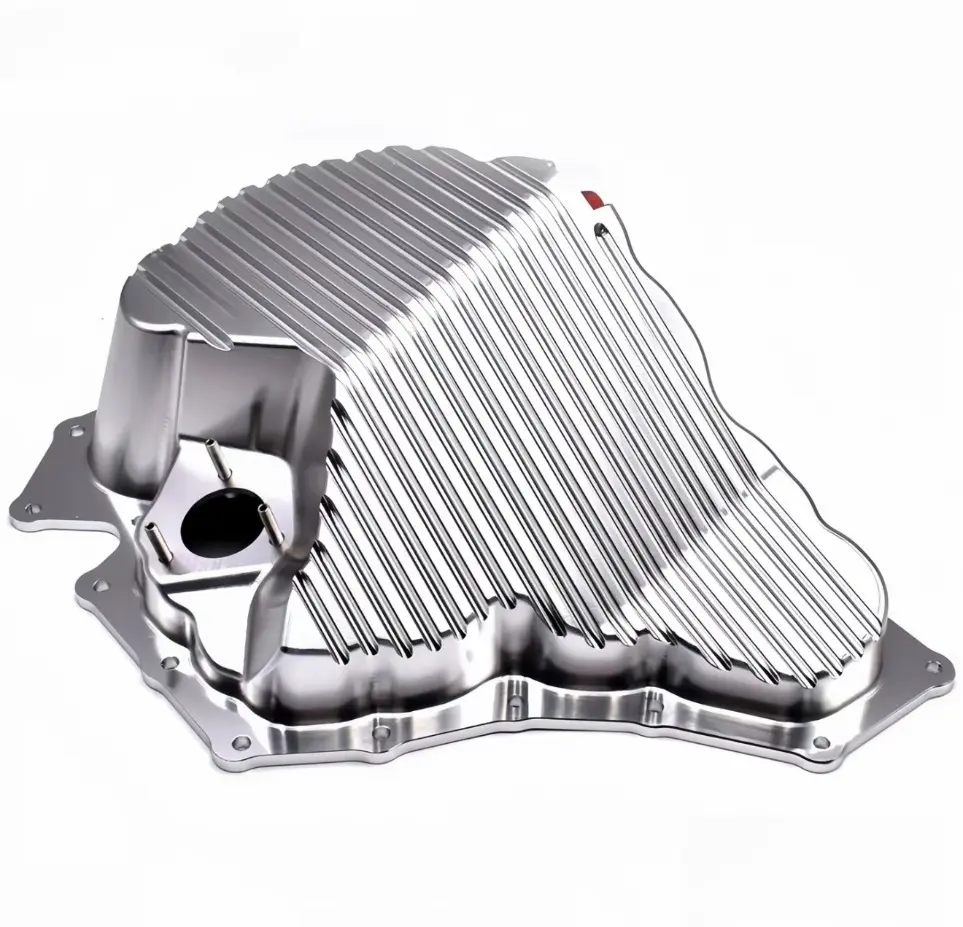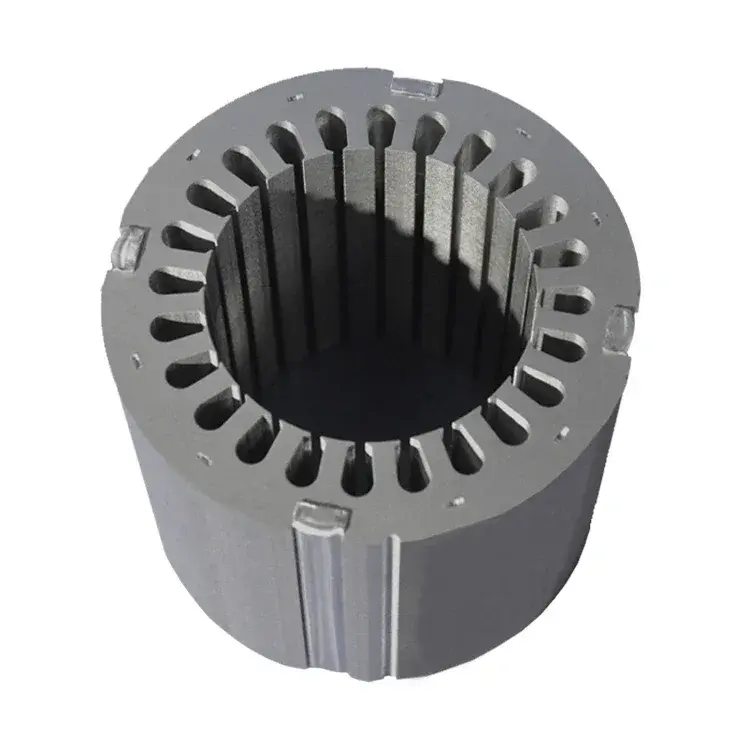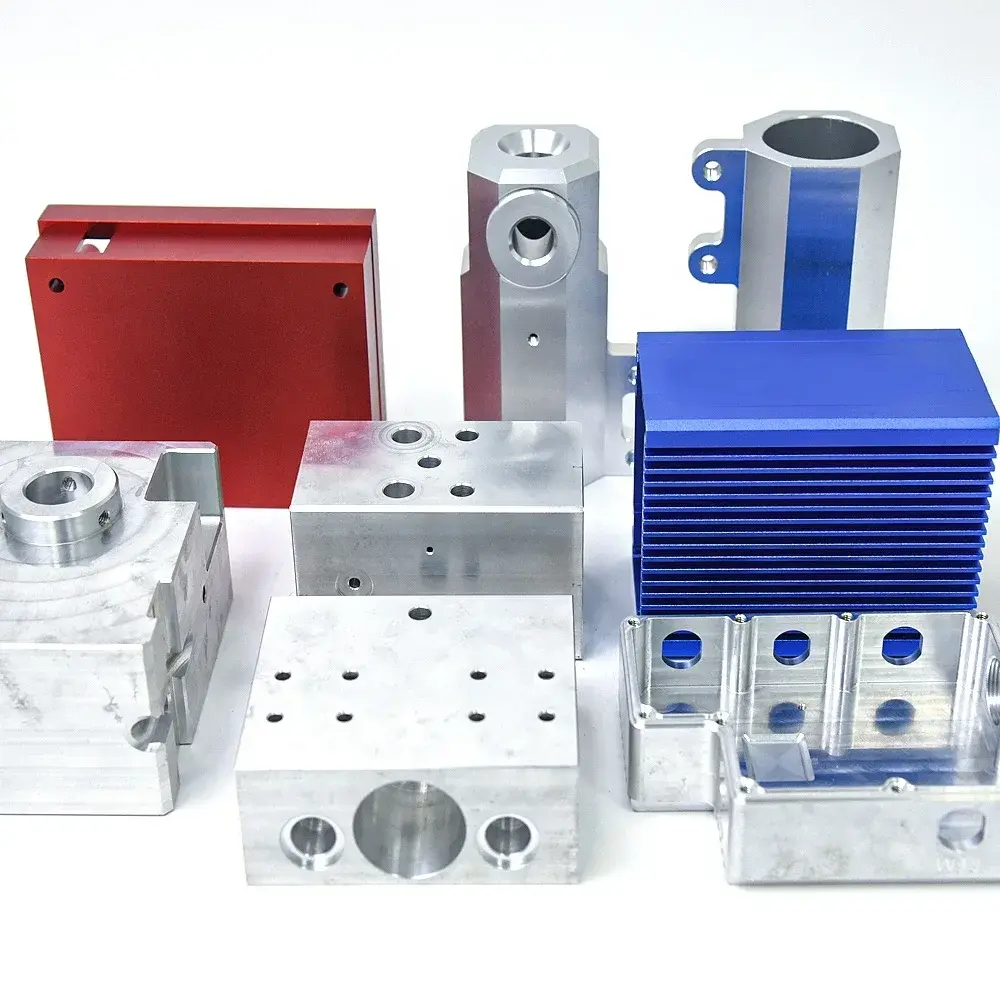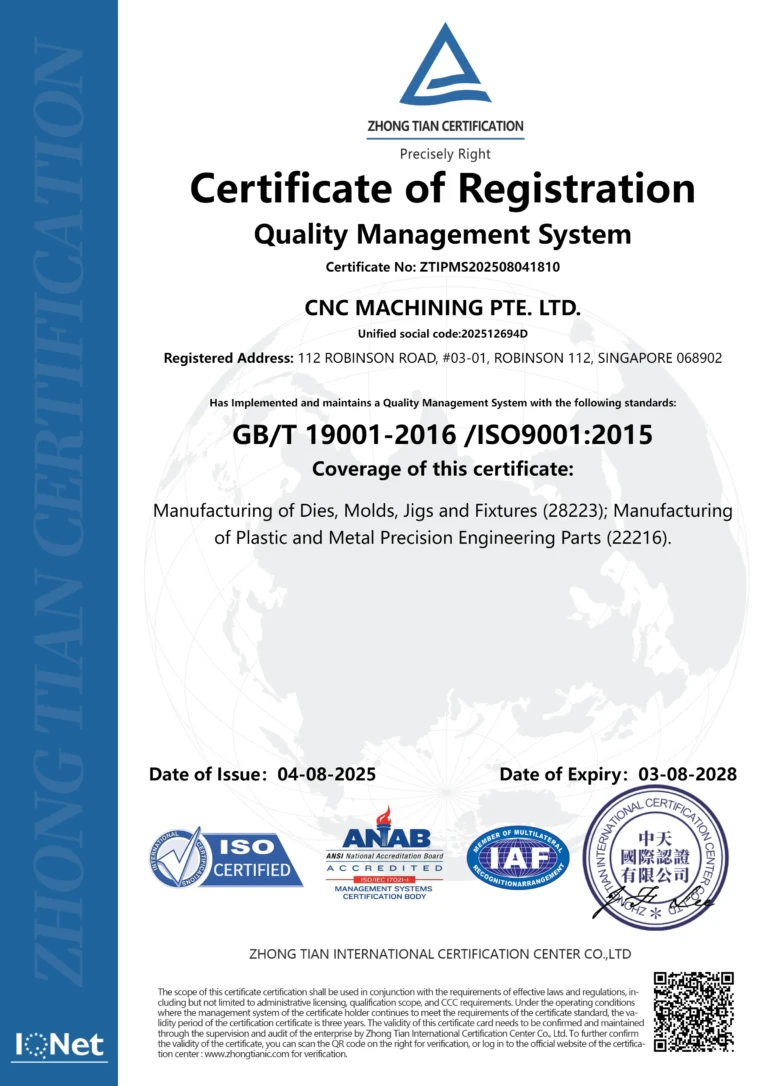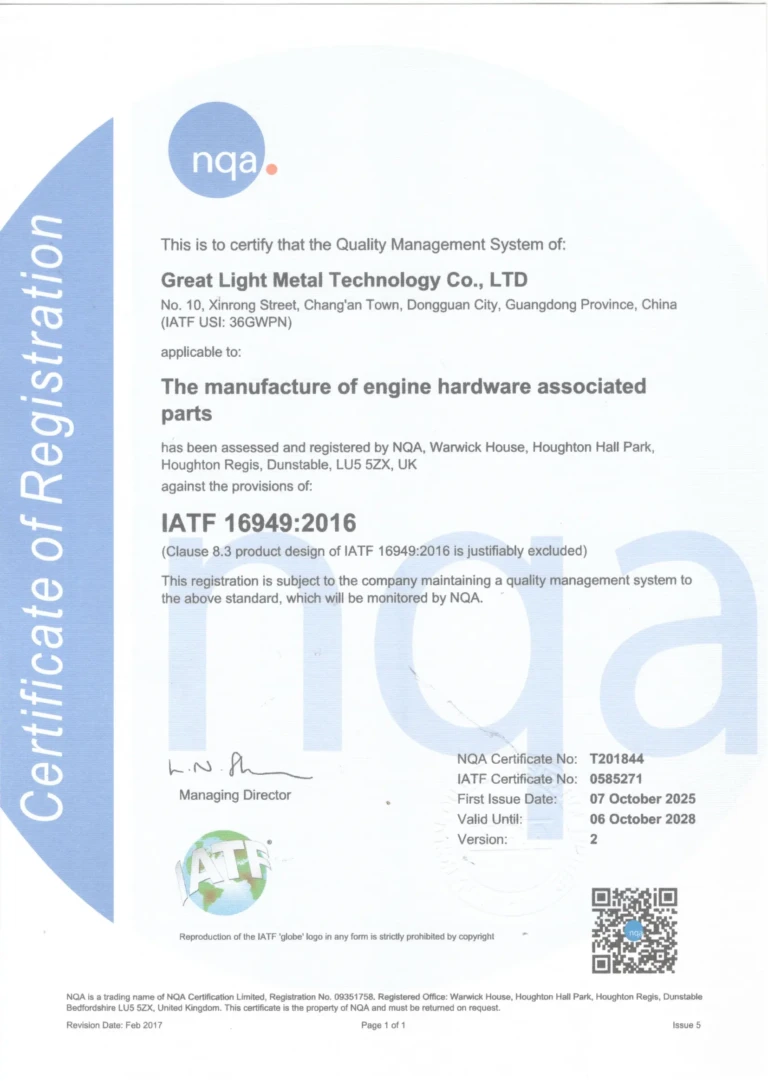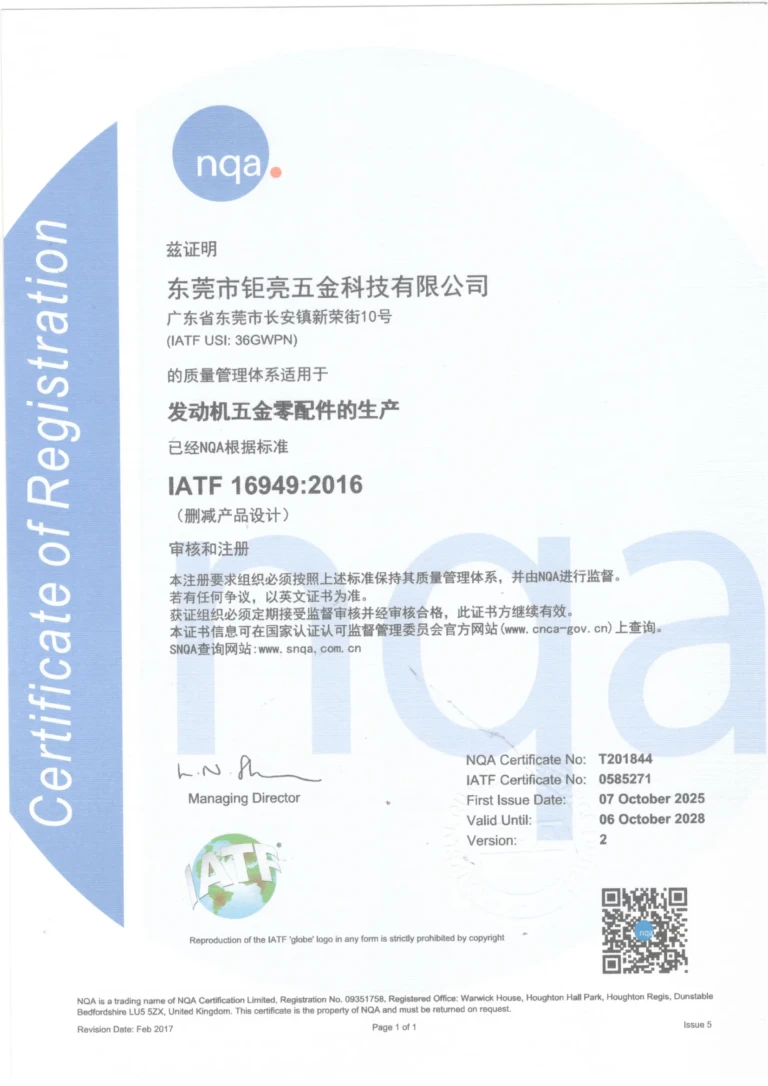How to determine the feed rate during high-speed machining of a double-spindle machining center? Double pinmachining centerDetermining the feed rate during high-speed machining is a comprehensive process involving several factors. Here are some key factors and methods for determining feed rate:
1. Factors to consider
Workpiece material:
The hardness, toughness and other characteristics of the workpiece material will directly affect the feed speed during the cutting process.
Generally speaking, harder materials require lower feed rates to avoid excessive tool wear and part distortion.
Types of tools and materials:
Different types of tools (such as drill bits, milling cutters, turning tools, etc.) have their specific cutting parameter ranges.
Tool materials (such as high speed steel, carbide, ceramic, etc.) will also affect the choice of feed speed, because tools of different materials have wear resistance and cutting performance different.
Cutting depth and width:
The greater the cutting depth and width, the lower the feed rate generally must be to maintain the stability of the cutting process and tool life.
Spindle speed:
Spindle speed is closely related to feed rate. It is usually necessary to calculate the spindle speed based on the cutting speed and tool diameter to determine the appropriate feed rate.
Cutting fluid:
Using cutting fluid can reduce cutting temperature, reduce tool wear and improve cutting efficiency.
The appropriate cutting fluid type and flow rate can further influence feed selection.
Processing requirements:
Requirements such as machining accuracy and surface roughness will also affect the choice of feed rate.
Generally speaking, parts that require higher machining accuracy and surface quality should reduce the feed rate.
2. Method of determination
Refer to the data provided by the tool manufacturer:
Tool manufacturers usually provide detailed tables of cutting parameter recommendations, including feed, cutting speed, depth of cut, etc.
Select the corresponding parameter range according to the workpiece material and tool type, and make fine adjustments based on this.
Carry out cutting tests:
Before the actual processing, the rationality of the selected cutting parameters can be verified by cutting experiments.
Adjust the feed speed according to the test cutting results to achieve the best processing effect and tool life.
Use the machining center inspection function:
During the machining process, the machining center detection function can be used to monitor changes in cutting parameters.
If problems such as severe tool wear or workpiece deformation are detected, the machine should be stopped in time to check and adjust the feed speed and other parameters.
Combined with treatment experience:
Processing experience is also one of the important factors in determining the feeding speed.
Experienced operators can flexibly adjust the cutting parameters according to actual conditions to achieve the best processing results.
3. Precautions
When determining the feed, ensure that the selected parameters do not exceed the rated range of the machine tool and tool.
During the machining process, you should pay close attention to changes in cutting parameters and make timely adjustments to deal with abnormal situations.
Regularly service and maintain machine tools and cutting tools to ensure they are in good working order.
In summary, determining the feed rate during high-speed machining of a dual-spindle machining center is a complex process that requires taking into account several factors and overall considerations. Referring to the data provided by the tool manufacturer, carrying out trial cutting experiments, using the detection function of the machining center and combining processing experience, the most appropriate can be determined to achieve the best processing effect and tool life.
Daguang focuses on providing solutions such as precision CNC machining services (3-axis, 4-axis, 5-axis machining), CNC milling, 3D printing and rapid prototyping services.








